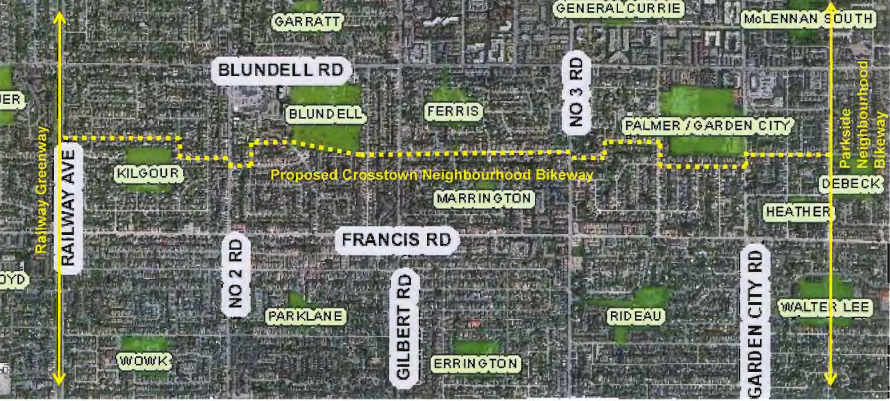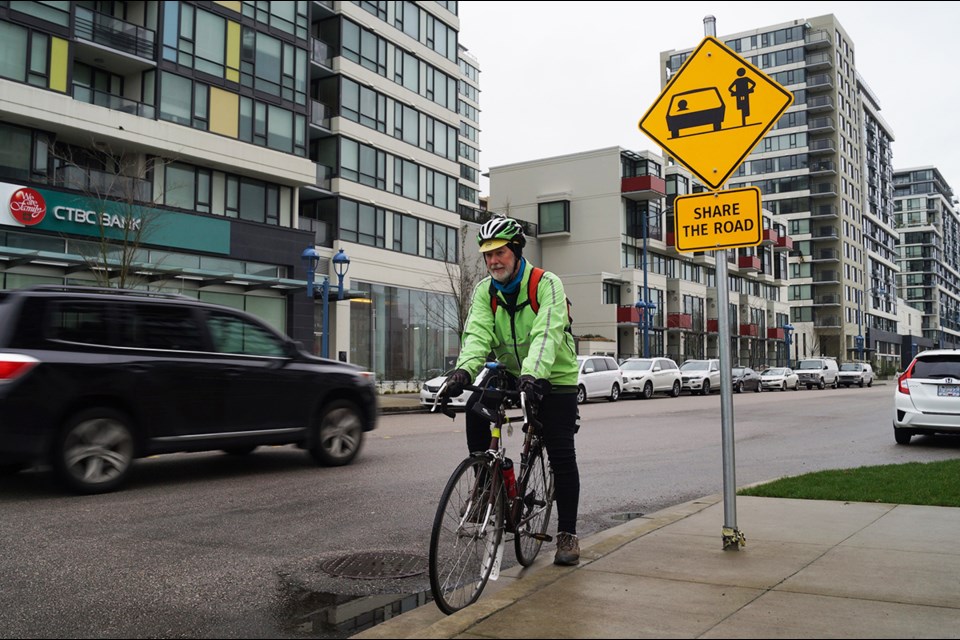Despite concerns about the tunnel, the City of Richmond is hoping to cash in on some of the $6 million of bike-lane funding.
The money could be used to help connect existing bike lanes to one another.
BikeBC has already helped fund the soon-to-be-completed crosstown neighbourhood bike route.
“When completed, this pathway will provide a very important east-west route for cyclists to move efficiently across the city while avoiding traffic on major arterials,” said Richmond Mayor Malcolm Brodie.
Brodie said by 2041,10 per cent of all commutes would be by bicycle.
Cycling advocacy group HUB and its chair Derek Williams said Richmond is well positioned to be a cycling community but a big problem is getting around in the City Centre area.
“It’s wonderful to have (bike lanes) but you need to connect them. That’s why with HUB’s ‘un-gap the map,’ we work very hard at filling in various areas, noting places where a bike lane ends,” said Williams, adding it is important for Richmond city council to recognize cycling as a means of transportation and not just something people do on the dyke, during the weekend.
Williams is hoping the city works to fix the “dysfunctional” bike lanes on No. 3 Road.
“It’s a bit of a disaster and needs to be fixed, but getting there is alright,” said Williams.
Richmond’s 2016 capital budget proposed to spend $320,000 specifically for cycling infrastructure. That money will go toward an improved bike lane on Great Canadian Way and intersection upgrades to the Railway Greenway.
Other improvements — using general revenues — to roads and paths are planned as well, including repaving an 800-metre pathway on Shell Road, from Alderbridge Way to Westminster Highway.
By the end of 2017, No. 2 Road, south of Steveston Highway, will have been widened and include a new bike lane, to Dyke Road.
Here is a 2015 city report on proposed cycling projects, including the crosstown route.




